
8 in 10 agree that marketing effectiveness is under greater scrutiny, and this comes at a time when media is experiencing serious fragmentation. This fragmentation introduces complexities in media measurement.
With the proliferation of measurement solutions in the market, finding a single source of truth is impossible. Without this, marketers face increasing ambiguity as to which levers are the most effective. In truth, every popular measurement method carries some benefits and caveats. As an agency our job is to help streamline this process, facilitating robust and easier decision-making to ascertain the most impactful marketing levers. 7IGNAL gives us the language, process and framework to help simplify the complex. 7IGNAL is the7stars’ dynamic, future-focused, clear decision architecture to guide allocation decisions.
Hierarchy is Important
7IGNAL combines the principles of hierarchy of evidence, the strengths and weaknesses of the modern measurement stack and the realities of brands’ trading and planning cycles; delivering a framework that supports the management, optimisation and reporting of effectiveness at all levels and times. Effectiveness signals are mapped to a four-tier hierarchy:
‘Verification’ signals track audience delivery and attributed outcomes vs. plan; leading to in-channel optimisations (typically weekly).
‘Leading Indicators’ involve higher order evidence, directly correlated with effectiveness outcomes. Meaningful movements lead to changes in budget allocation to optimise effectiveness (typically monthly).
‘Incrementality’ signals represent the strongest individual pieces of evidence (e.g. MMM, Experiments), with results making or breaking the role of channels and campaigns. Studies are more periodic and aligned to a detailed learning agenda.
‘Triangulation’: it is only by combining methods that we can arrive at conclusions for the most important effectiveness questions. Analyses are run at strategic intervals (usually aligned to annual planning or to the year’s ‘big bets’) and are designed to solve for the optimal strategy.
Roadmap to the Future
7IGNAL is delivered via a bespoke effectiveness console that governs daily, weekly and monthly optimisations and acts as a single repository for all effectiveness data and intelligence. It delivers:
- Granular Media Reporting – Audience Delivery and In-channel Attribution
- Leading Indicators Reporting aligned to target Business Outcomes
- Objectives vs. Forecast
- Measurement & Optimisation Plan
- Learning Roadmap of Gold and Silver Experiments
- Chain of Effects Model joining Media Outputs, Brand Tracking and Business Outcomes
Managing Marketing Effectiveness
7IGNAL is our framework for managing marketing effectiveness. It is the base from which we develop measurement frameworks for brands, report results to senior stakeholders and optimise effectiveness in the short, medium and long term. The necessity to drive greater effectiveness outcomes that are evidence-based is at an all-time high. Reach out to the Analytics team to see how 7IGNAL can support your business.


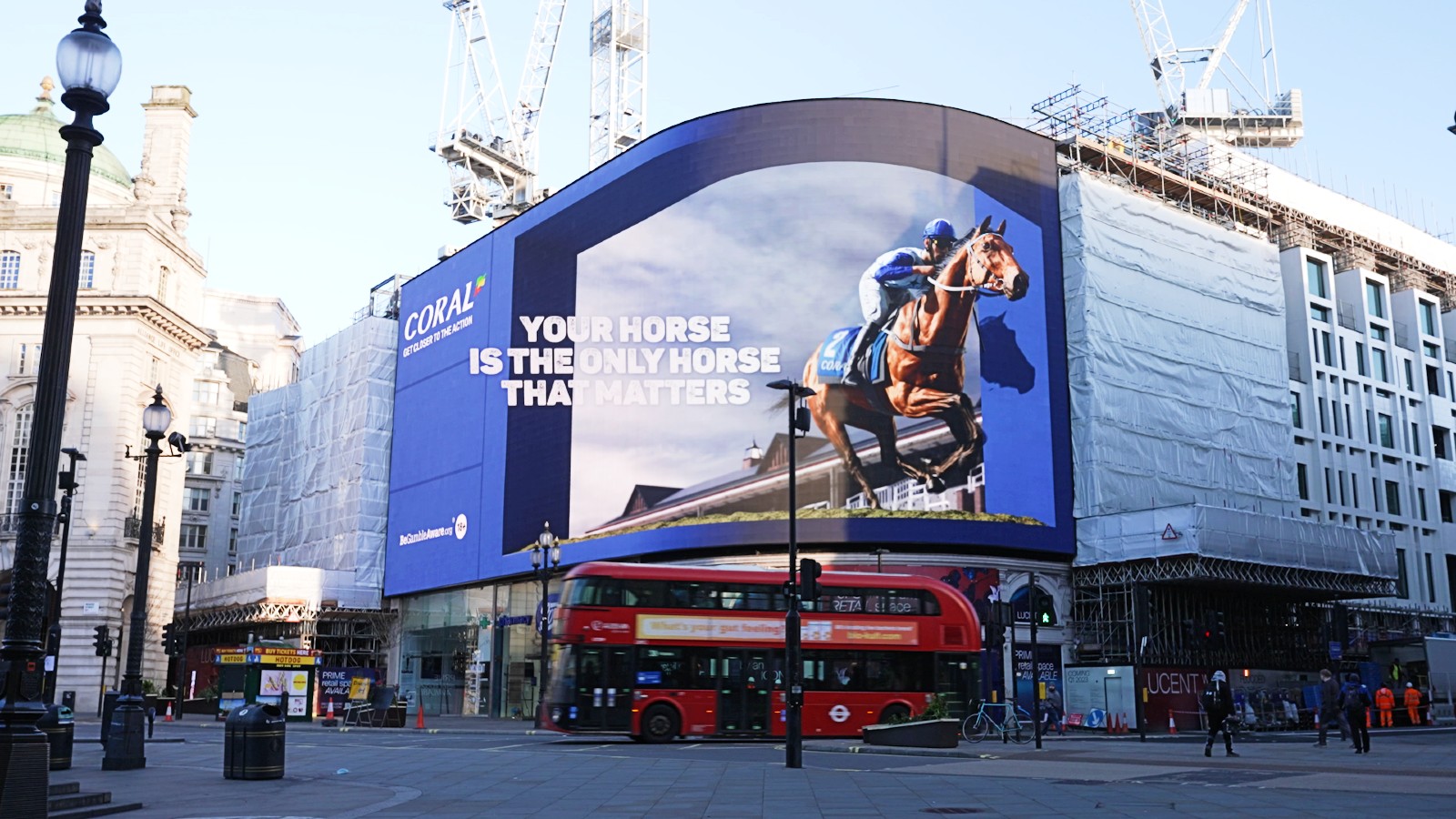
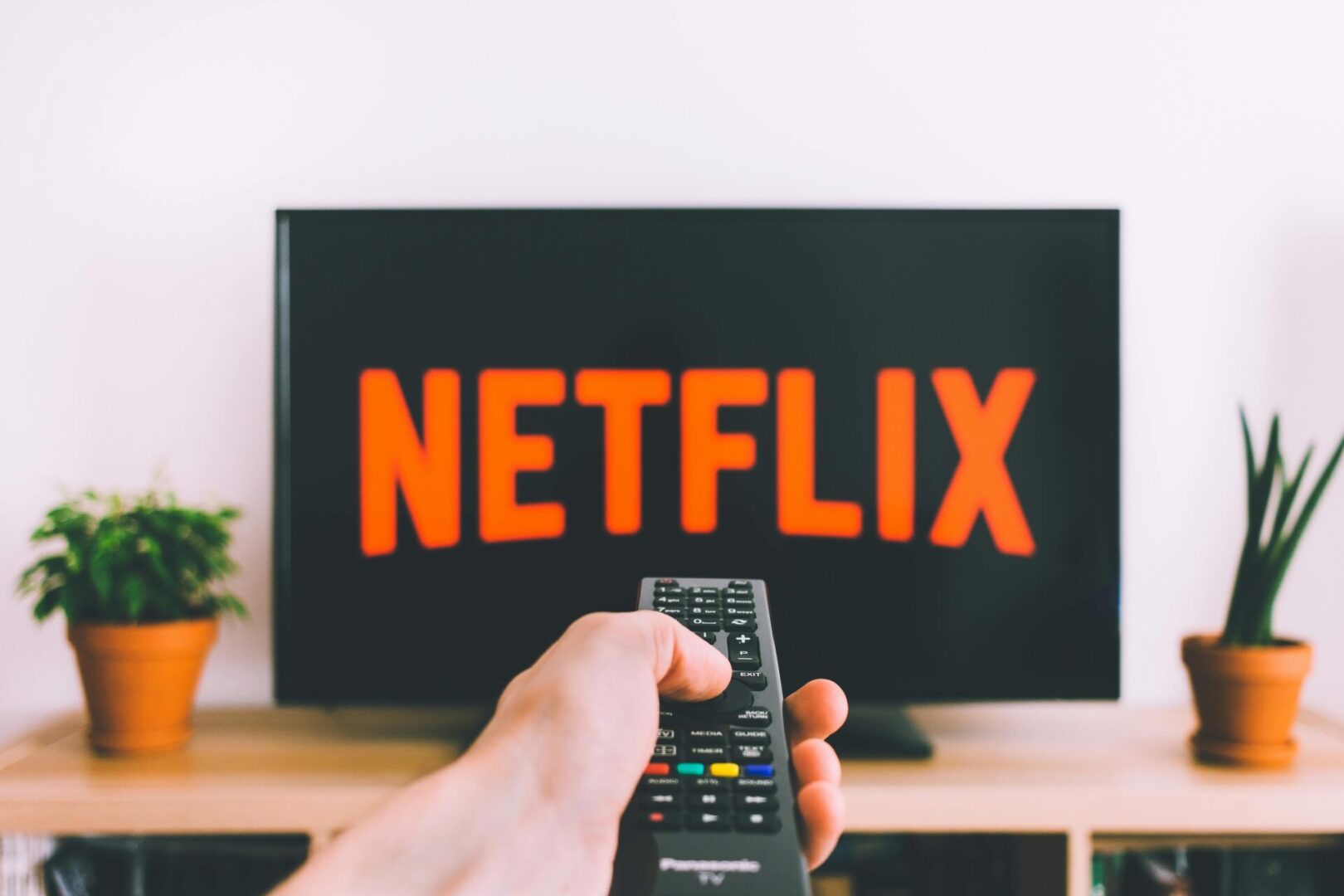



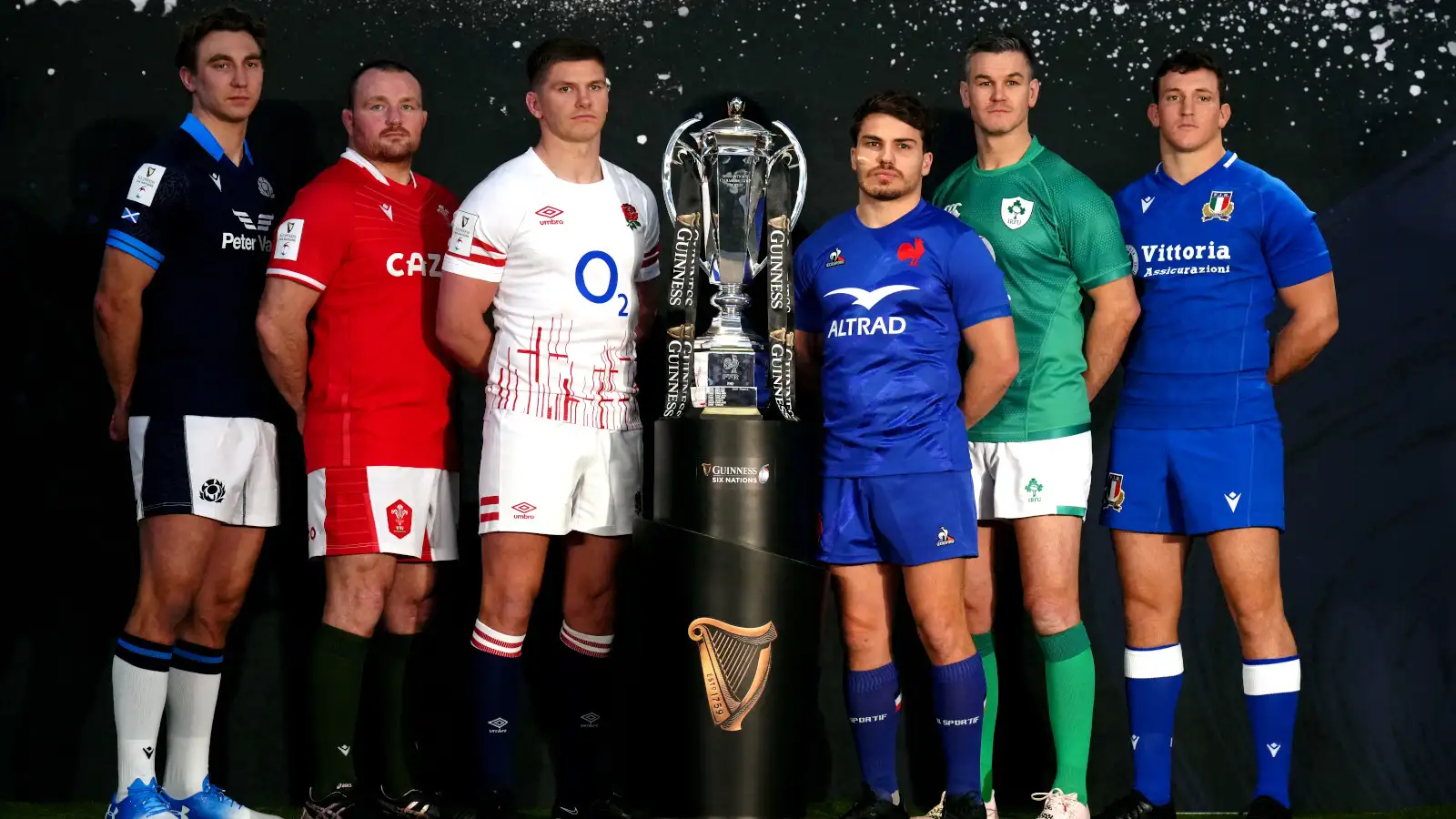
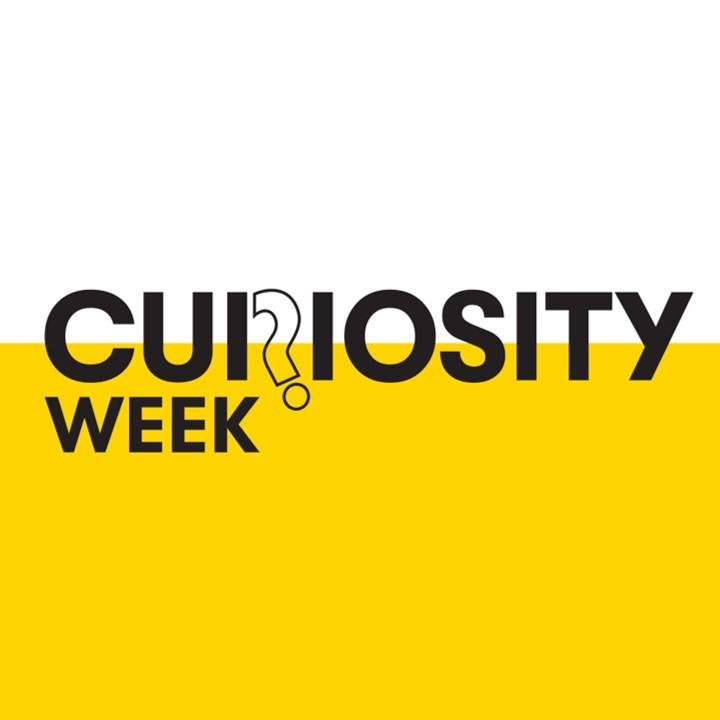
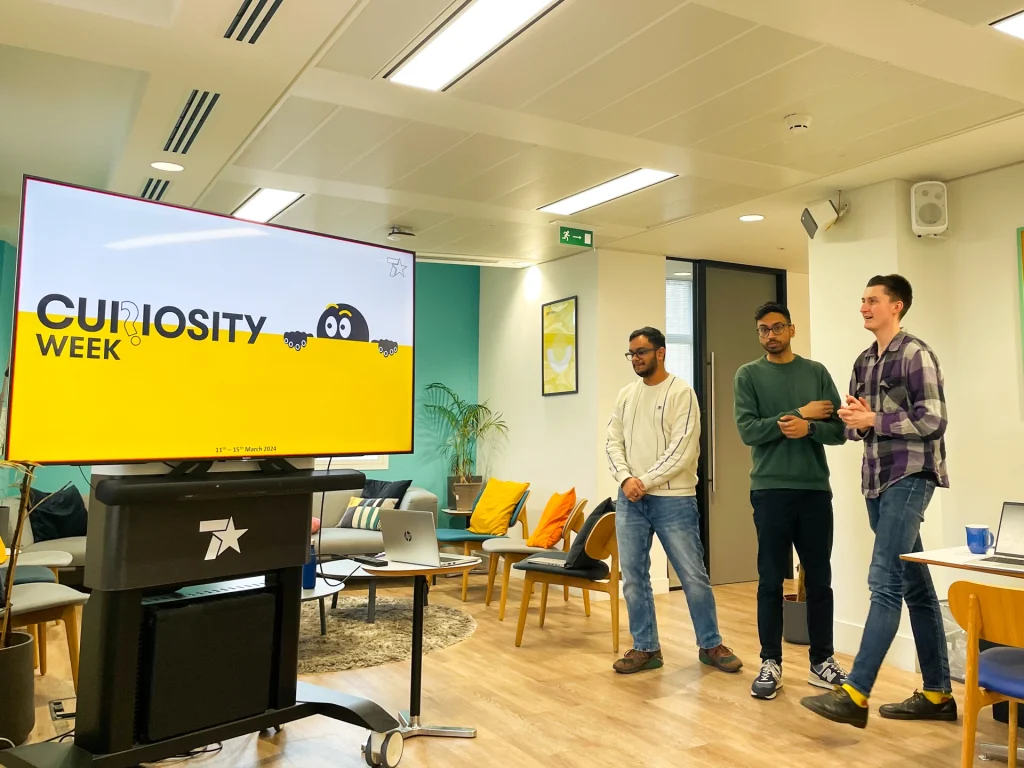
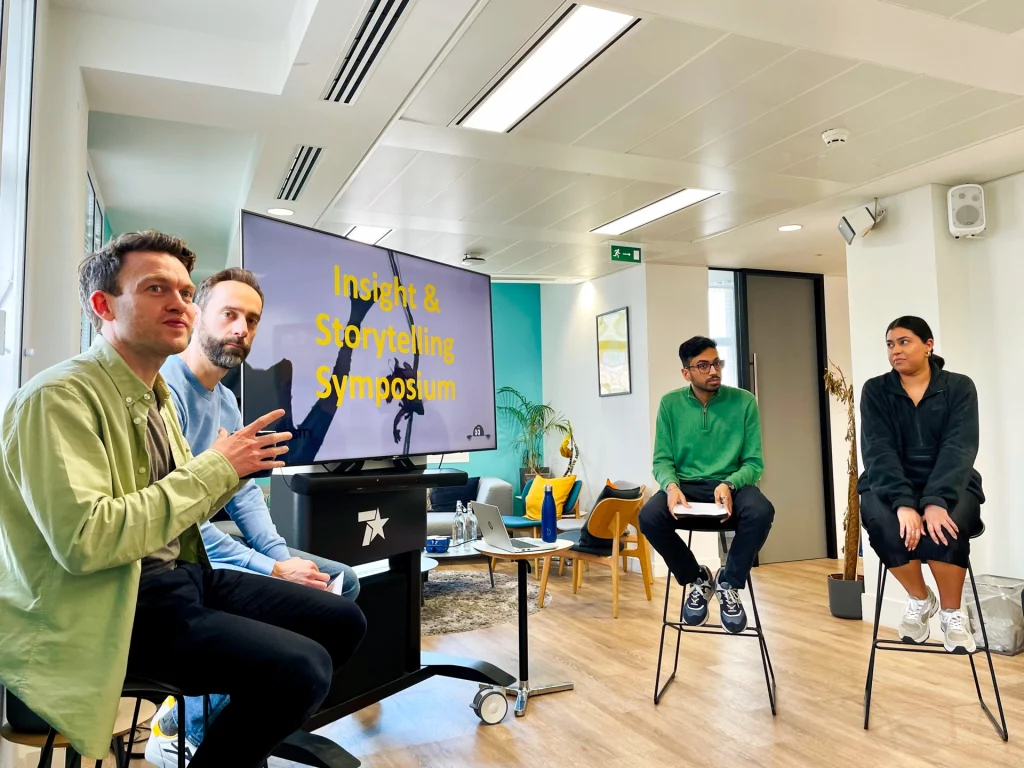


Recent Comments